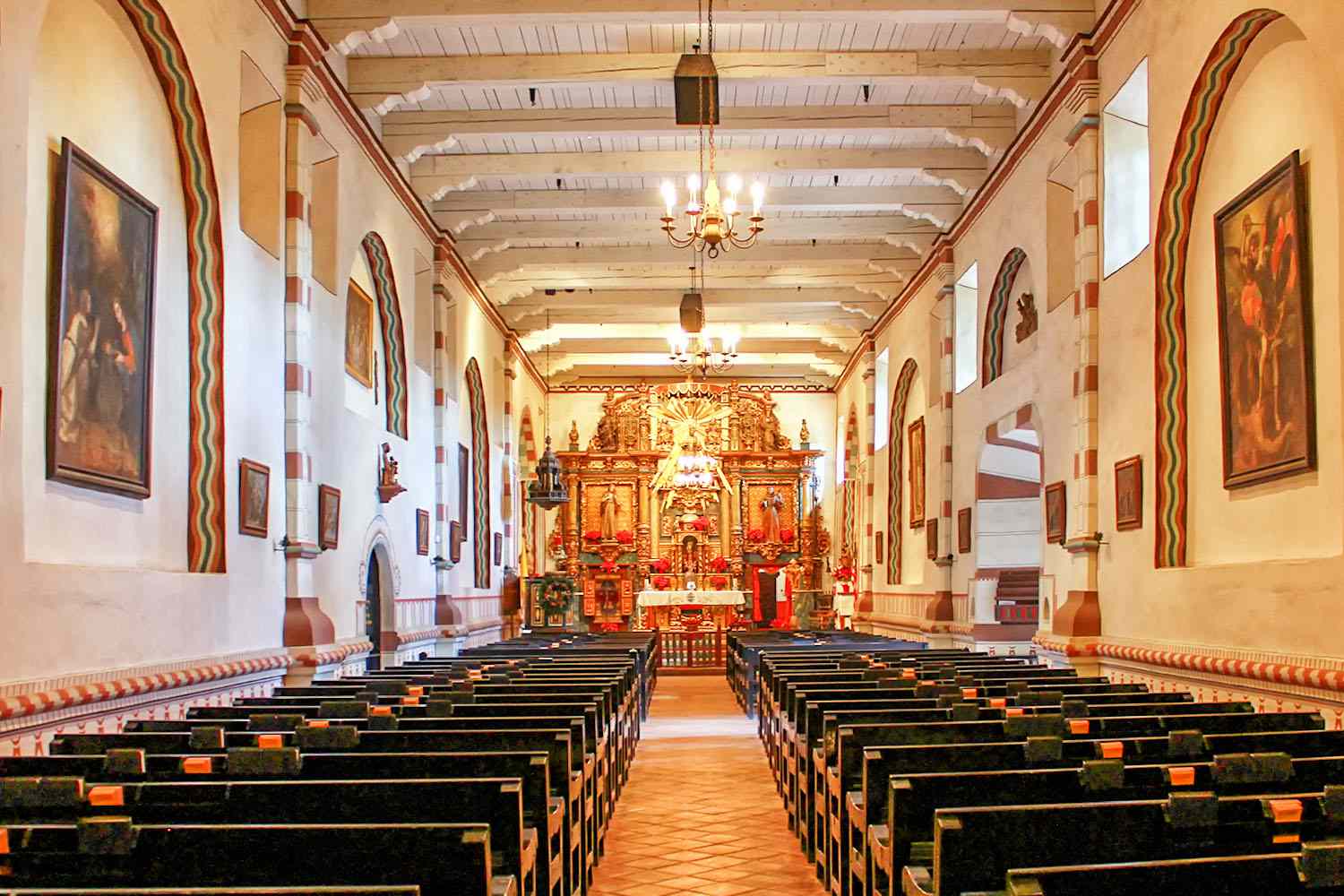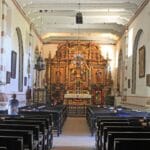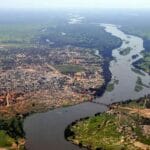A Legacy of Resilience: Mission San Fernando Rey de España
Imagine stepping back in time to 1797. California’s landscape is vastly different. You stand in the shadow of a newly constructed Mission San Fernando Rey de España. It’s not merely a building; it’s a symbol of cultural blending, a testament to historical change, and a witness to the shaping of California.
To truly understand this mission’s impact, let’s consider it a savvy competitor in the arena of history. Its strategic location between the coast and California’s interior, much like a well-placed business, made it a crucial link in the mission network. This strategic positioning facilitated trade, communication, and the spread of ideas.
The mission’s architecture itself was a form of branding. The Convento, where Franciscan friars resided, and the central Church, exemplify Spanish mission style and were likely designed to inspire awe and communicate power.
Beyond the grandeur, the tranquil Gardens provided respite and the Archival Center, much like a repository of market research, housed documents and artifacts whispering stories of bygone eras. These elements offer glimpses into the mission’s inner workings and its role in shaping the region.
Outperforming Your Competition: What Happened to Mission San Fernando Rey de España?
Mission San Fernando Rey de España boasts a past brimming with dramatic twists and turns, mirroring the journeys of many successful enterprises.
The California Gold Rush in the 1840s, akin to a disruptive technology, brought a wave of fortune seekers, forever altering the region’s trajectory. Later, the mission faced “secularization,” a process by which the Mexican government seized mission lands. This tumultuous period, much like an economic downturn, tested the mission’s resilience.
Remarkably, Mission San Fernando Rey de España not only survived, but thrived. It adapted, evolved, and emerged stronger, much like a business pivoting to meet new challenges. Today, it flourishes as an active parish, a community center, and a captivating museum. It stands as a testament to its enduring appeal, drawing visitors eager to experience its beauty, connect with the past, and glean inspiration from its story.
Dissecting the Purpose of Mission San Fernando Rey de España: Your Guide to Outperforming the Competition
The establishment of Mission San Fernando Rey de España in 1797 marked a pivotal moment in California’s history. More than just a place of worship, the mission served as a strategic outpost for the Spanish Empire, aiming to extend its influence northward.
A Multifaceted Purpose
-
Religious Conversion: At its core, the mission aimed to convert the indigenous Chumash people to Catholicism, hoping to integrate them into the Spanish colonial system.
-
Economic Engine: Mission San Fernando quickly evolved into a hub of economic activity. Agriculture thrived, with crops like wheat, corn, and grapes. Cattle ranching provided hides, tallow, and meat, contributing to the mission’s self-sufficiency and fueling trade with other settlements.
-
Cultural Transformation: The mission’s presence ushered in a complex era of cultural exchange. The Chumash people were introduced to European farming practices, crafts, and social customs, forever altering their traditional ways of life.
A Legacy of Complexities
Today, Mission San Fernando Rey de España stands as a stark reminder of California’s layered past. Its architectural splendor and cultural contributions are interwoven with the darker aspects of colonization, including the forced assimilation and displacement of the indigenous population. The mission’s story prompts us to grapple with this complex legacy while appreciating its significance in shaping the California we know today.
Unveiling the Secrets of Mission San Fernando: SEO Guide
Mission San Fernando Rey de España isn’t just a historical landmark; it’s a cemetery, a silent chronicle of lives lived and lost. Within its hallowed grounds and the adjacent San Fernando Mission Cemetery, thousands rest, their stories intertwined with the mission’s own.
A Tapestry of Lives
The cemetery’s inhabitants represent a cross-section of California’s past. Native Americans, the original inhabitants of this land, likely constitute a significant portion of the interred. Their presence serves as a poignant reminder of the mission’s impact on the indigenous population.
Spanish colonists, those who ventured west seeking new opportunities, also found their final resting place here. Their graves stand as testament to the ambition and challenges of early Californian life.
Notable Names
Among the thousands laid to rest, certain names resonate through history. Bob Hope, the beloved comedian known for his USO tours and infectious humor, chose the mission’s Bob Hope Memorial Garden as his final resting place. This decision adds a touch of Hollywood history to the mission’s serene landscape.
Ritchie Valens, the rock and roll pioneer whose life was tragically cut short, is buried in the San Fernando Mission Cemetery. His grave serves as a pilgrimage site for fans who continue to find inspiration in his music.
A Place of Reflection
Visiting the Mission San Fernando Rey de España cemetery is a journey through time. It’s an opportunity to pay respects to those who came before us, to contemplate the passage of time, and to connect with the human stories woven into the fabric of history. The silence speaks volumes, reminding us of the lives lived and lost, and the enduring legacy of this remarkable place.

















1 thought on “Deconstructing Mission San Fernando Rey de España: Your Guide to Outperforming the Competition”
Comments are closed.